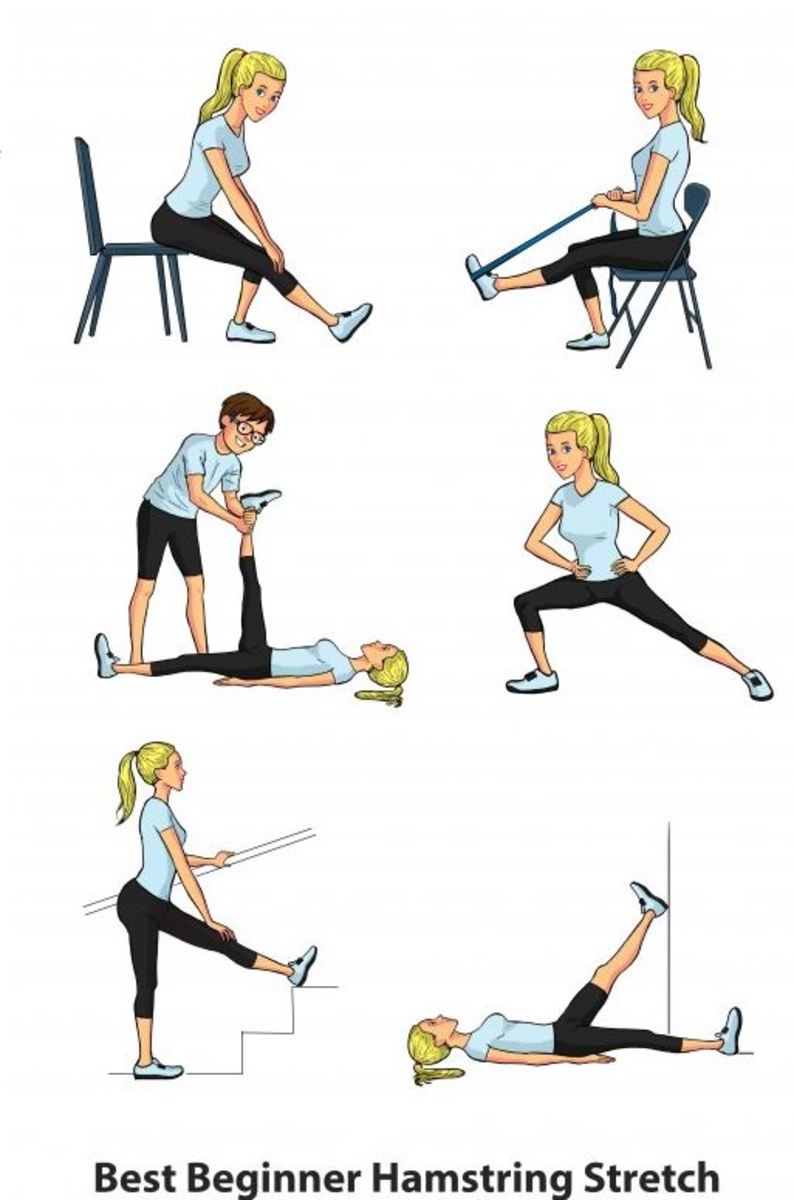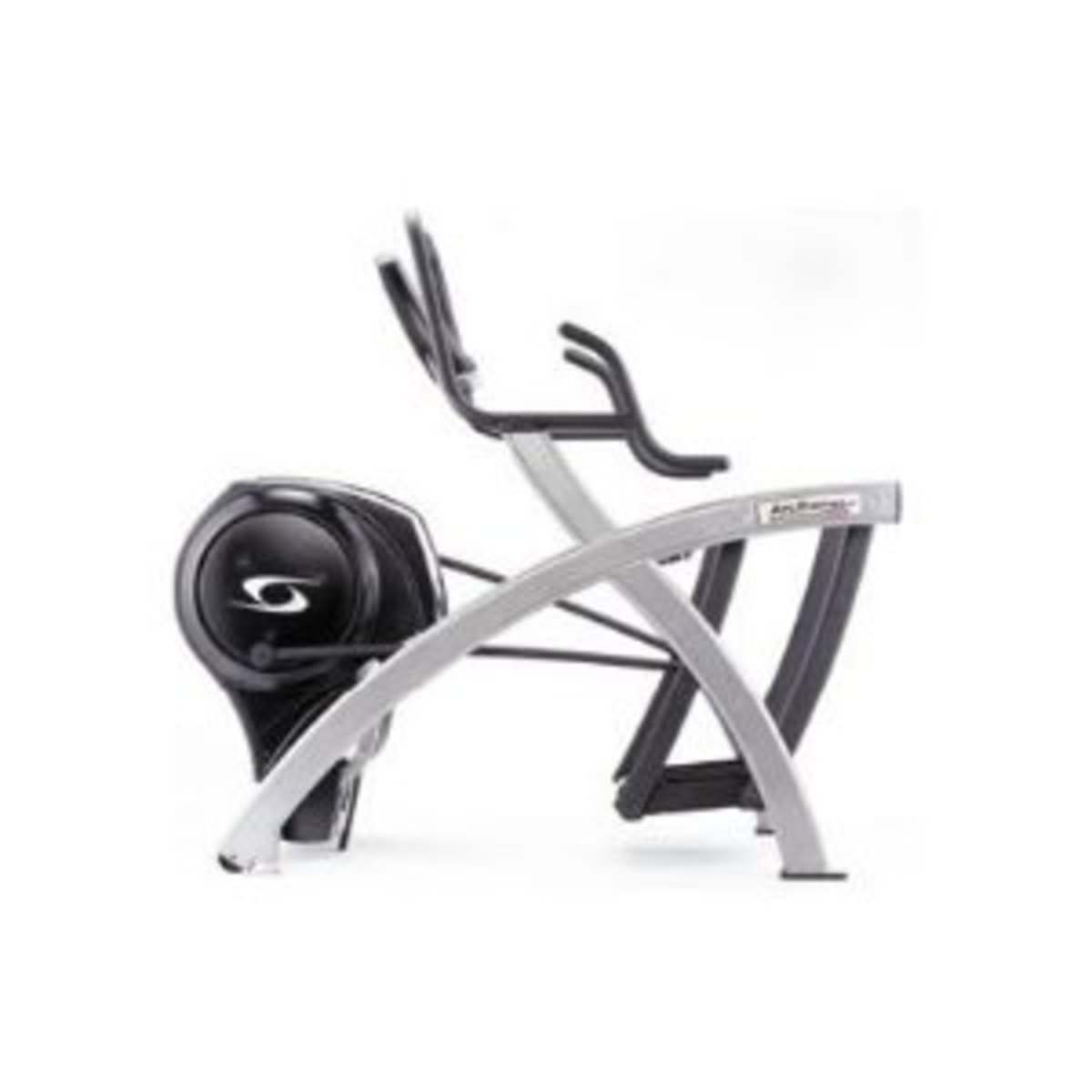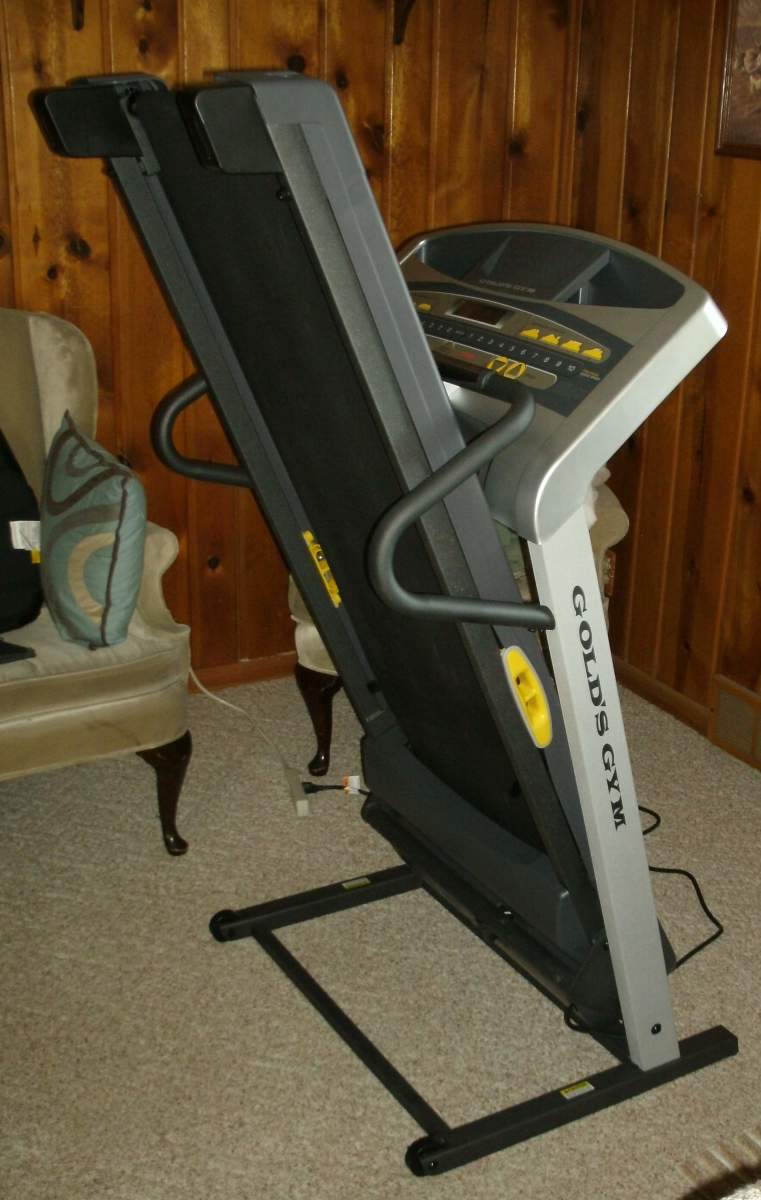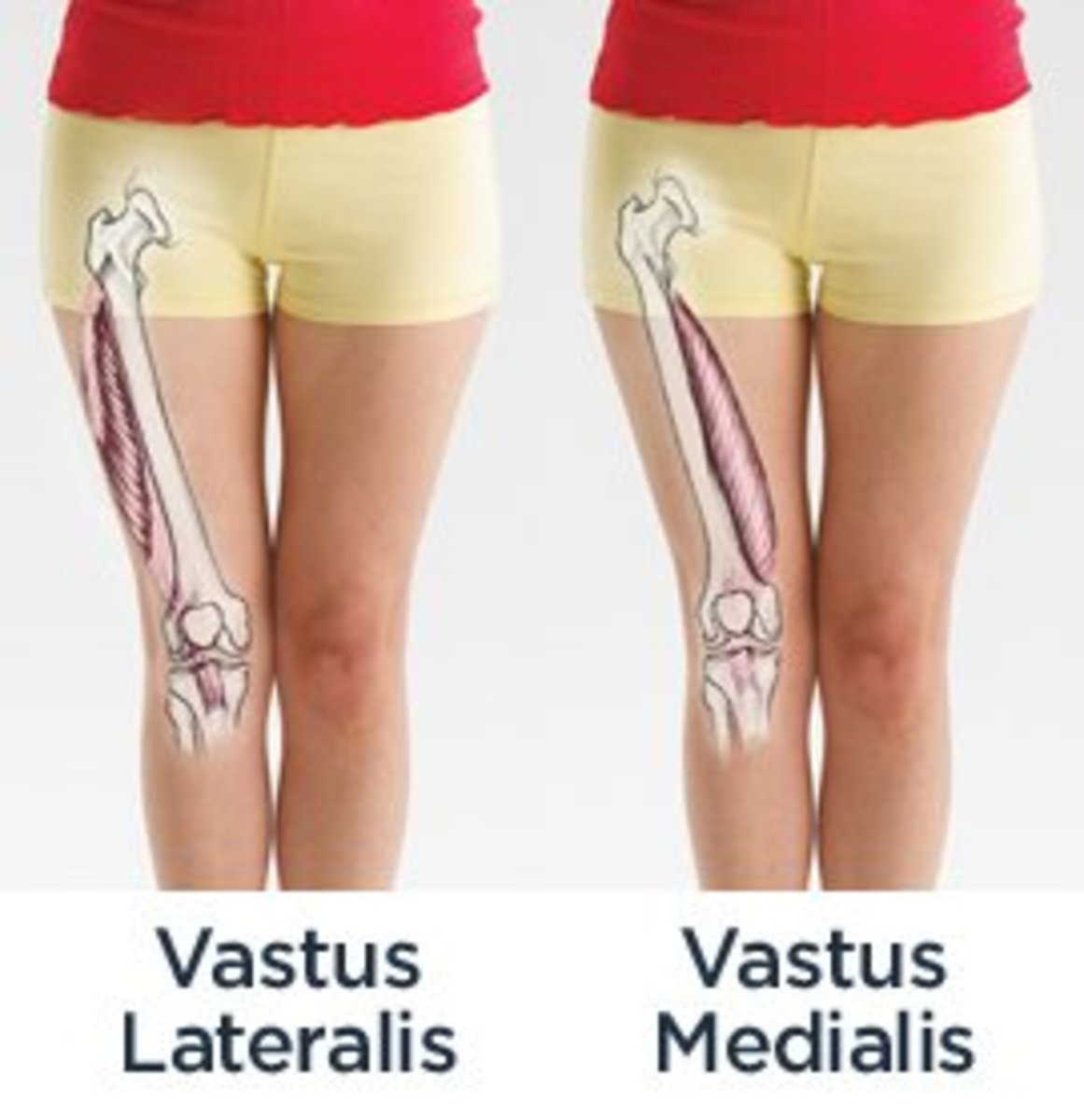Myths Surrounding Pilates
Pilates was devised by German born Joseph Pilates during the early 1900s. Originally intended for rehabilitating the sick and injured, Pilates has gained considerable popularity since. Pilates is now considered a mainstream form of exercise that has been adopted by fitness and sports enthusiasts alike. Through its principles of centering and the focus on core strength, Pilates has been found to be complementary to many other sports and exercise programs.
The evolution of Pilates from a rehabilitation exercise to a popular fitness activity has seen many changes come about. Unfortunately, some of those changes have led to the development of many myths surrounding Pilates. Of the many myths arising from the practice of Pilates, these would have to be the top five.
Myth No. 1: Pilates Exercises Builds Longer, Leaner Muscles
For any part of the body to move, a muscle must contract while its opposing muscle relaxes, and for that part of the body to return to its original position, the opposing muscle must contract while the first muscle relaxes. Therefore any exercise performed will result in the contraction and relaxation of opposing muscles. Take the movement of the arm as an example – for the arm to bend at the elbow, the biceps must contract while the triceps relaxes. For the arm to straighten, the muscles work in reverse – the biceps relaxes while the triceps contracts.
Muscles do not grow longer, however their lengths can change depending on whether they are at rest or in contraction. When at rest, the length of a muscle is called its resting length. After a series of repetitive movements – where the muscles contracts and relaxes, such as during exercise – there will be a shortening of the resting muscle length. To return the muscle to its original resting length, it is necessary to perform stretching exercises.
Most exercises and sports involve a lot of movements with the frequent contraction and relaxation of the muscles. Rarely do these exercises incorporate a stretching component therefore individuals are required to stretch on their own. Many people often skip stretching altogether or do not stretch adequately, therefore the muscles do not return to their normal resting length, which makes the muscles appear bulkier and shorter.
With a Pilates workout, the exercises incorporate resistance training and stretching which helps to build the muscles and return them to their normal resting length at the same time. Because of this, Pilates creates the impression that it builds longer, leaner muscles.
Myth No. 2: Pilates is an Exercise for Women
The irony of this myth is that Pilates was originally founded by a man. During the course of his life, he was a very fit and strong man – hardly the image of femininity. Pilates was developed from his personal experiences with activities such as gymnastics, boxing, martial arts and yoga. The original intent of Pilates was to rehabilitate the sick and injured. It was never created specifically for women or men.
The perception that Pilates is a woman’s exercise might be due to several factors. Firstly, the exercises and movements in Pilates are often slow, controlled and graceful – almost like a slow dance. From a visual perspective, the exercises appear easy. In reality, they can be modified according to fitness ability therefore Pilates can be easy for the beginner and difficult for the advanced fitness enthusiast.
Secondly, Pilates is often an exercise involving mostly women – classes are conducted by female instructors and are largely populated by women. Because the exercises are adaptable to differing levels of fitness, it offers an exercise that can be easily picked up, which may be one of its appeals to women.
Myth No. 3: Pilates Exercises will Give You Flat Abs
One of the primary focuses of Pilates is to strengthen the core muscles of the body. This includes the abdominals, in particular, the deep abdominal muscles. One of the six principles of Pilates is called centering, the aim of which is to concentrate on activating a group of muscles called the “Powerhouse”. The powerhouse group of muscles include the abdominals. Before any movement begins, the powerhouse must first be activated.
The central focus on the core makes Pilates a great workout for toning the abdominals. However, working out the abdominals alone is insufficient to create flat abs. Most people have a layer of fat that lies over the abdominal muscle layer. In order to achieve flat abdominals, one must first reduce this fatty layer before the abdominal toning effects of Pilates will be visible.
Myth No. 4: Pilates is Good for Aches, Pains and Injuries
While Pilates was originally created as a rehabilitation exercise for the sick and injured and can be an effective method as a part of the treatment plan for dealing with aches, pains and injuries, one should first see a healthcare professional to get an appropriate diagnosis before engaging in Pilates. There may be an underlying disease or dysfunction causing the pain which must be treated first before rehabilitation with Pilates.
For instance, back pains caused by muscular spasms require a period of bed rest before one can begin to rehabilitate the back with exercise. Without consulting a healthcare professional, we cannot ascertain that the back pain is not due to a slip disc or some other sinister medical problem that requires medical treatment, such as surgery.
Once the problem has been diagnosed, Pilates can be used to facilitate healing as a rehabilitation exercise supplementing the appropriate treatment. Many doctors and physiotherapists may even suggest a taking up a Pilates program as part of a preventative measure to reduce the likelihood of the problem arising again.
Pilates is not only useful as a rehabilitation exercise, but it is an excellent exercise to complement other sports and physical activity and reduce the occurrence of injuries. Many sports target specific muscles without working their opposing muscles, leading to muscle imbalances. One of the common causes of sports injury is due to muscle imbalance.
Myth No. 5: Pilates and Yoga are Interchangeable
When Joseph Pilates created the Pilates method, then called “contrology”, he drew on his experiences and knowledge across a wide variety of sports, physical activities, and fitness trainings – of which, yoga was one. That is about as much as Pilates and yoga have in common.
Although there are too many differences between Pilates and yoga to highlight in this article, the fundamental difference can be summed up as this: Pilates focuses on building the core muscles, while the focus of yoga is more on stretching. While there are overlaps (Pilates also stretches the muscles and yoga also builds strength), there is a difference in the emphasis.
The differences between yoga and Pilates can be observed in the way they complement each other when performed concurrently. Pilates help improve stability which is required in yoga, while the yoga stretches offers balance to the centering exercises of Pilates.
Pilates has been in practice for so many years that it is not surprising that so many myths have cropped up. Of the many myths, these are probably the top ones creating confusion and misunderstanding of the purpose of Pilates and what it can help an individual achieve. It is important to understand the truth behind the myths so that the maximum benefits of practicing Pilates may be attained.










